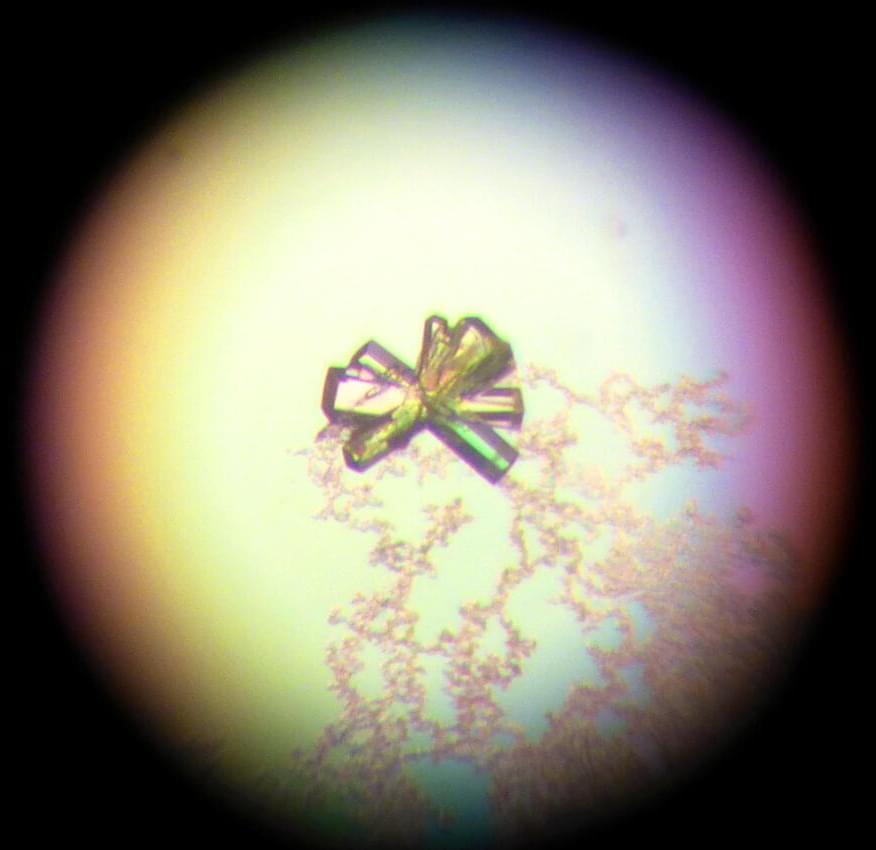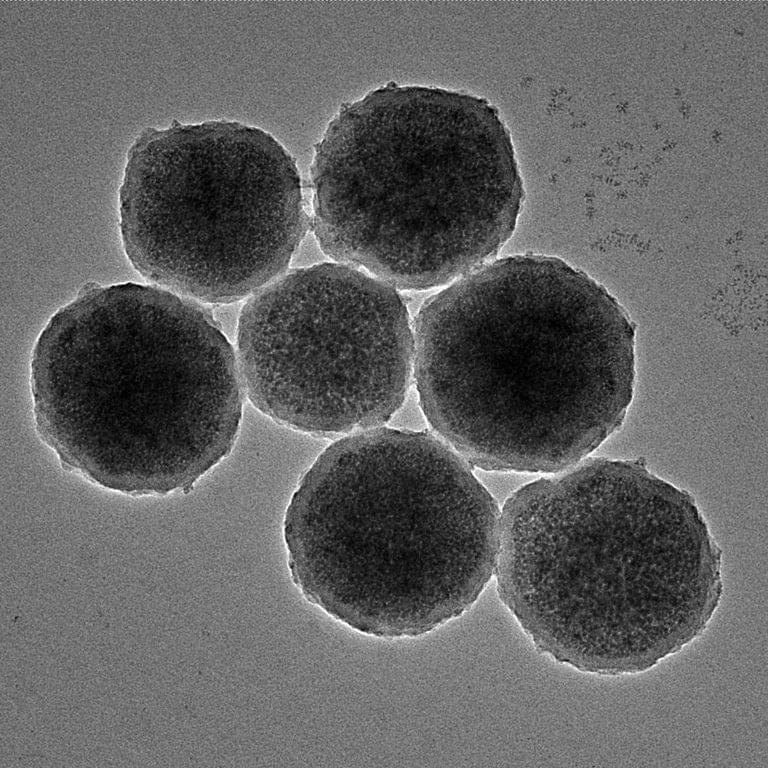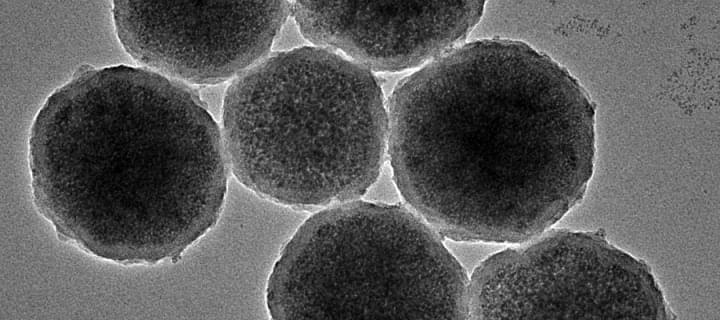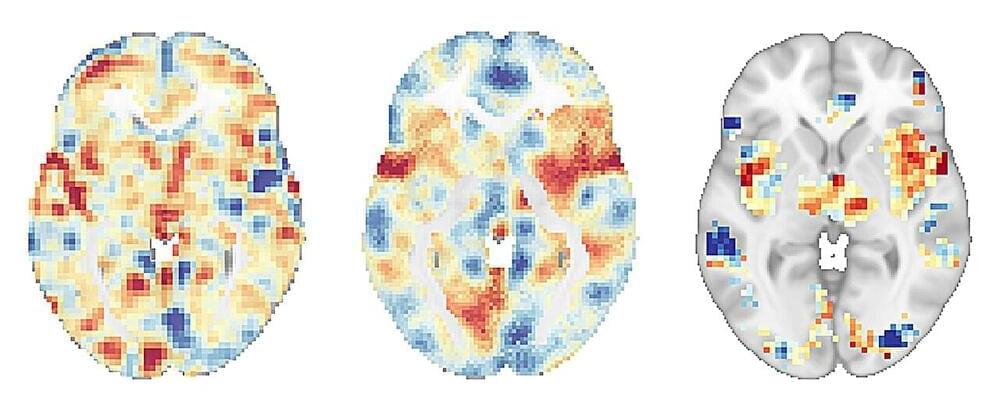UC Merced researchers have found that the protein OTUD6 can alter protein production in cells, potentially affecting lifespan and cancer, with future research aimed at exploiting this for therapeutic benefits.
Researchers at UC Merced used fruit flies to uncover a cellular process shared by many organisms, which could significantly advance the understanding of cancer and aging.
Department of Molecular and Cell Biology Professor Fred Wolf, then-graduate student Sammy Villa, and Genentech Vice President and Senior Fellow in Physiological Chemistry and Research Biology Vishva Dixit, discovered a mechanism that cells use to tune how much protein they make through the process of translating RNA into protein.







